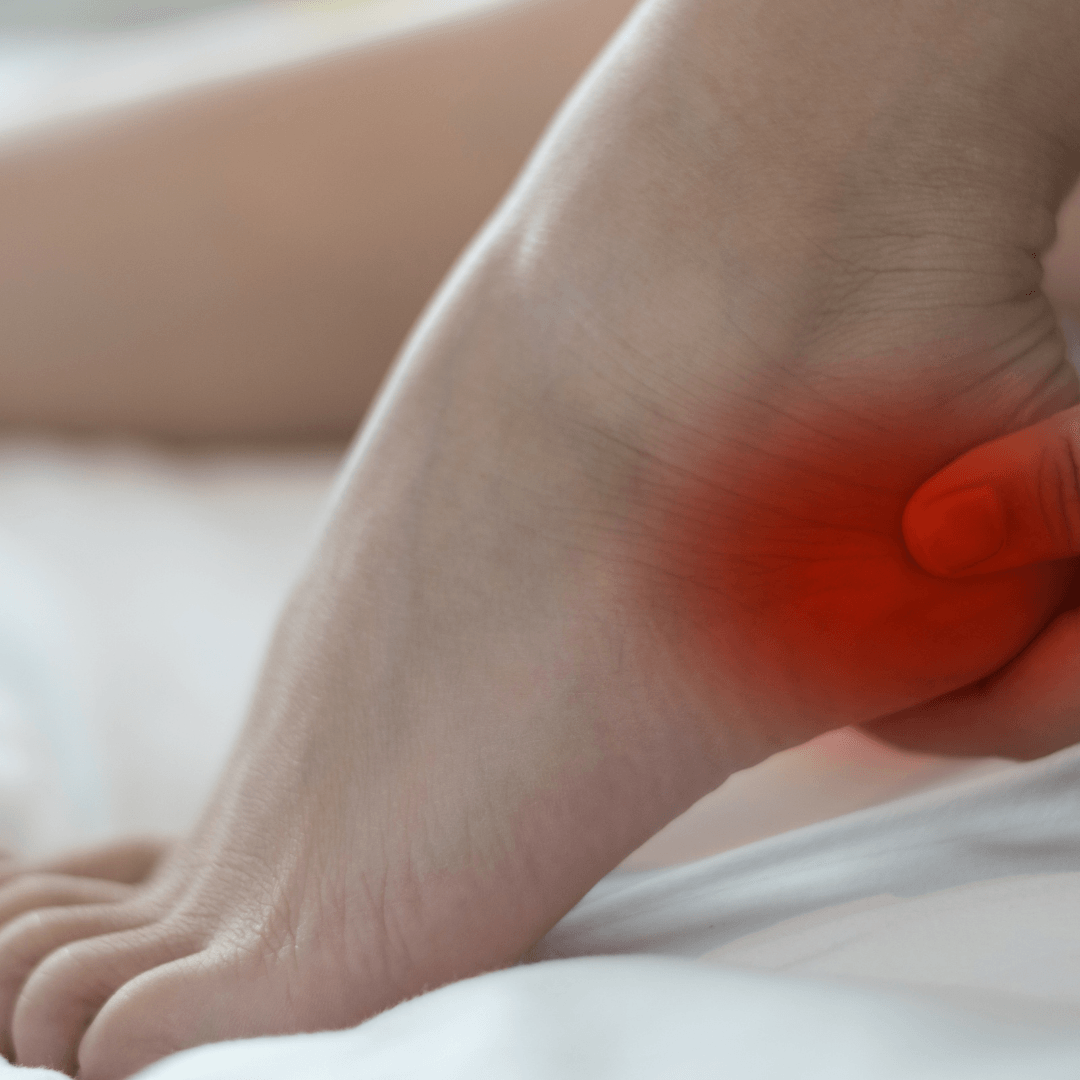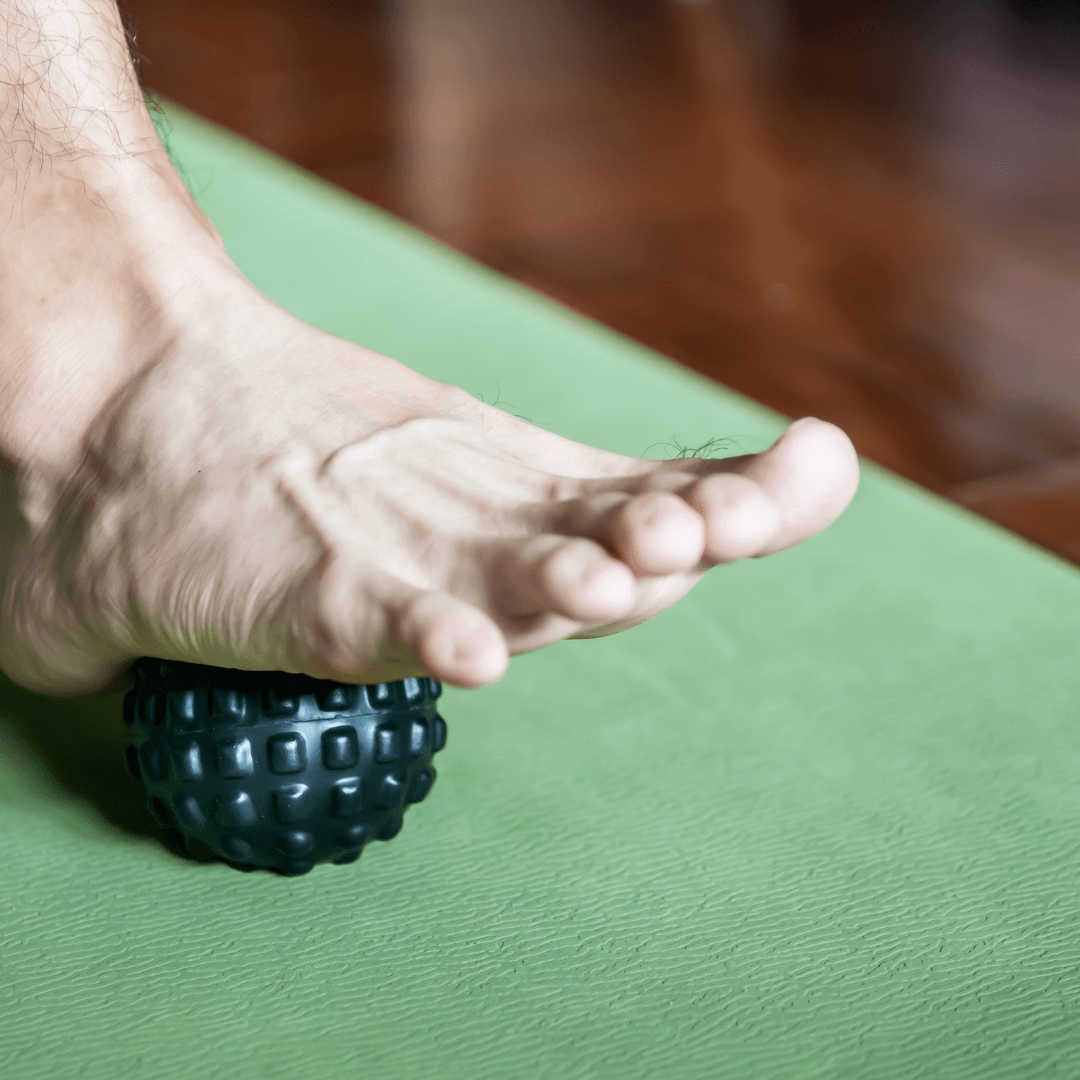Plantar Fasciitis
What is plantar fasciitis?
What are the symptoms of plantar fasciitis?
What happens when plantar fasciitis gets worse?
Can you get plantar fasciitis in both feet?
Plantar fasciitis can occur bi-laterally, but generally it will just be in one foot. There could be a number of things that contribute to that. The biomechanics of the hips and knees play a role in how effectively the foot is being used.
Other factors that may be relevant include:
- Which foot is dominant;
- The shoes that you are wearing; and
- Over-pronation of the foot

How does plantar fasciitis occur?
Who is most at risk from plantar fasciitis?

What happens if you ignore plantar fasciitis?
Early treatment is ideal for resolving plantar fasciitis. After the first two weeks of plantar facia pain, the issue starts to become sub-acute or chronic and it's so much harder to get on top of it. There is also the risk that degenerative changes will occur, which cannot be treated. Ideally we would want to have it at least examined to determine what is going on before this happens.
How to manage plantar fasciitis at home
- Rest: Like tendinitis and tendinopathy, the more a plantar fasciitis sufferer uses their foot, the worse it will get. Rest is therefore important. While it is unrealistic that people would stop walking altogether, this should be limited as far as is possible. The way people moved should also be adapted to avoid putting excessive force through the area.
- Ice: Icing the area helps reduce the inflammation and ease pain. This should be done regularly throughout the day.
- Massage: This can help break up the adhesions that occur within the plantar fascia and also ease the pain. Massage also stimulates blood flow and promotes healing.
- Stretching: As there is a relationship between the plantar fascia and the calf muscles, gentle calf and shin stretches can help ease the symptoms.
Icing and massage can be combined. We can use certain techniques like a patty roller, a concave device which you store in the freezer. Every half hour, especially if you are sitting at a desk throughout the day, roll the foot backwards and forwards over the roller for a couple of minutes at a time. If you don't have access to one of those, use a plastic bottle filled with water. Once it is frozen, use to as a roller for your foot. That soft tissue technique will start to break things up, loosen up plantar fascia and start to help.

